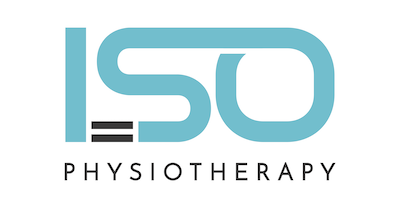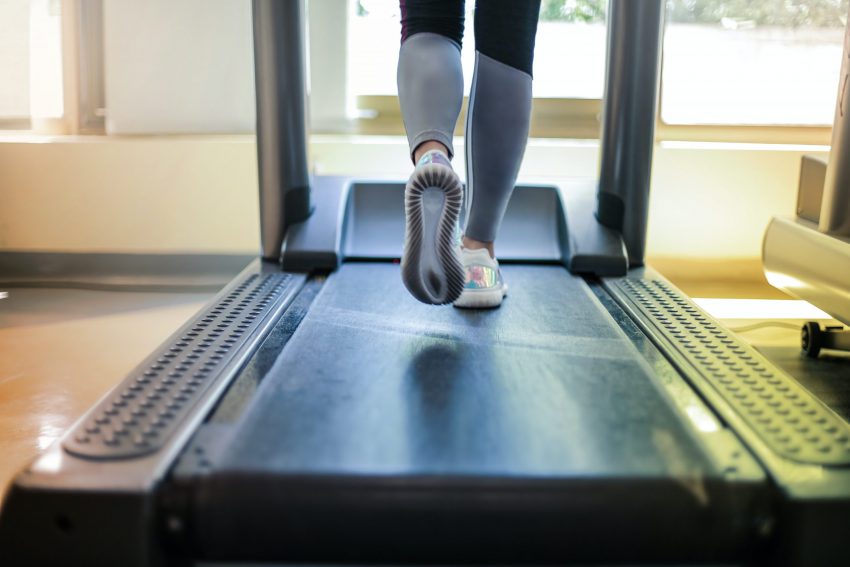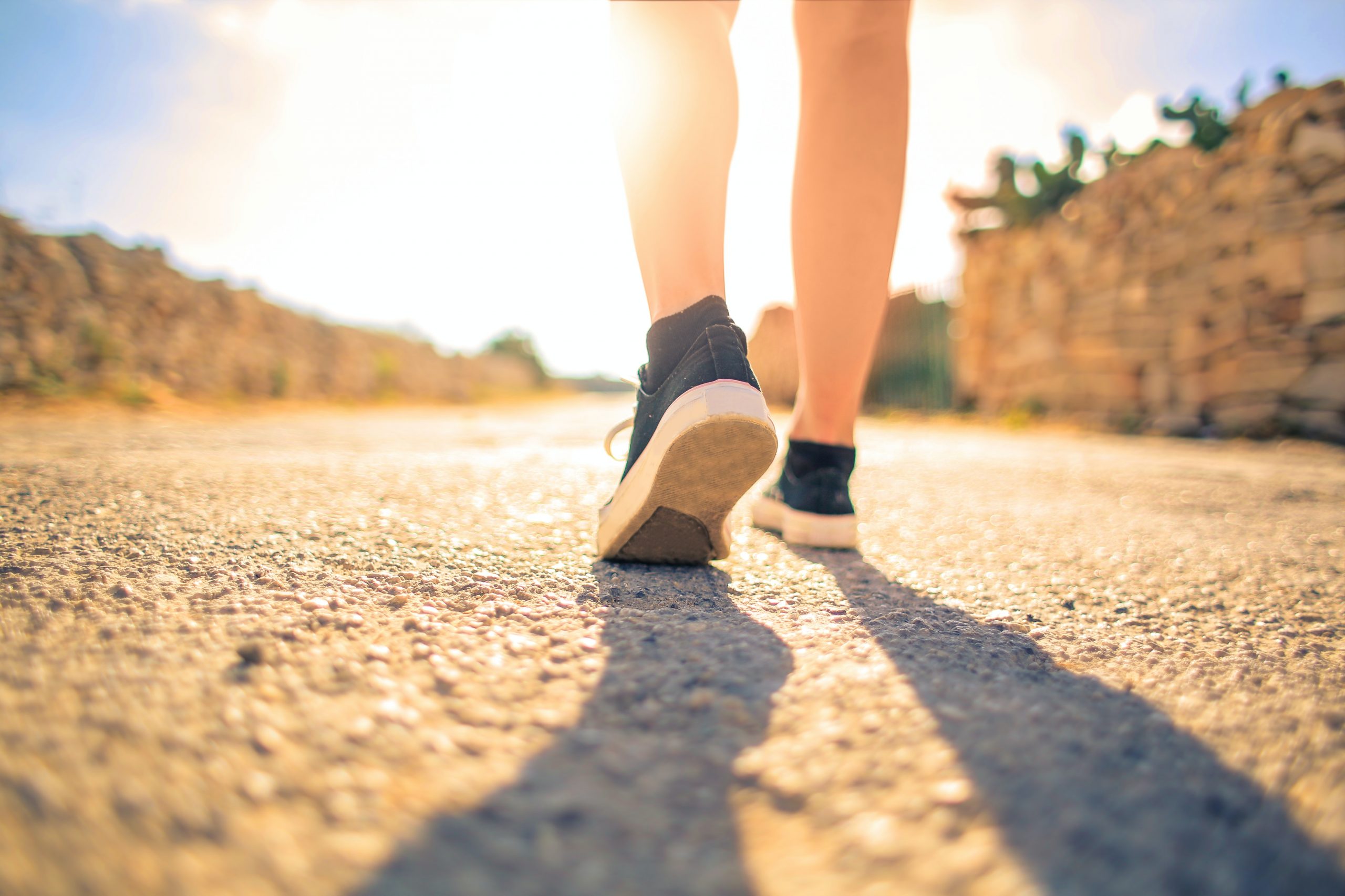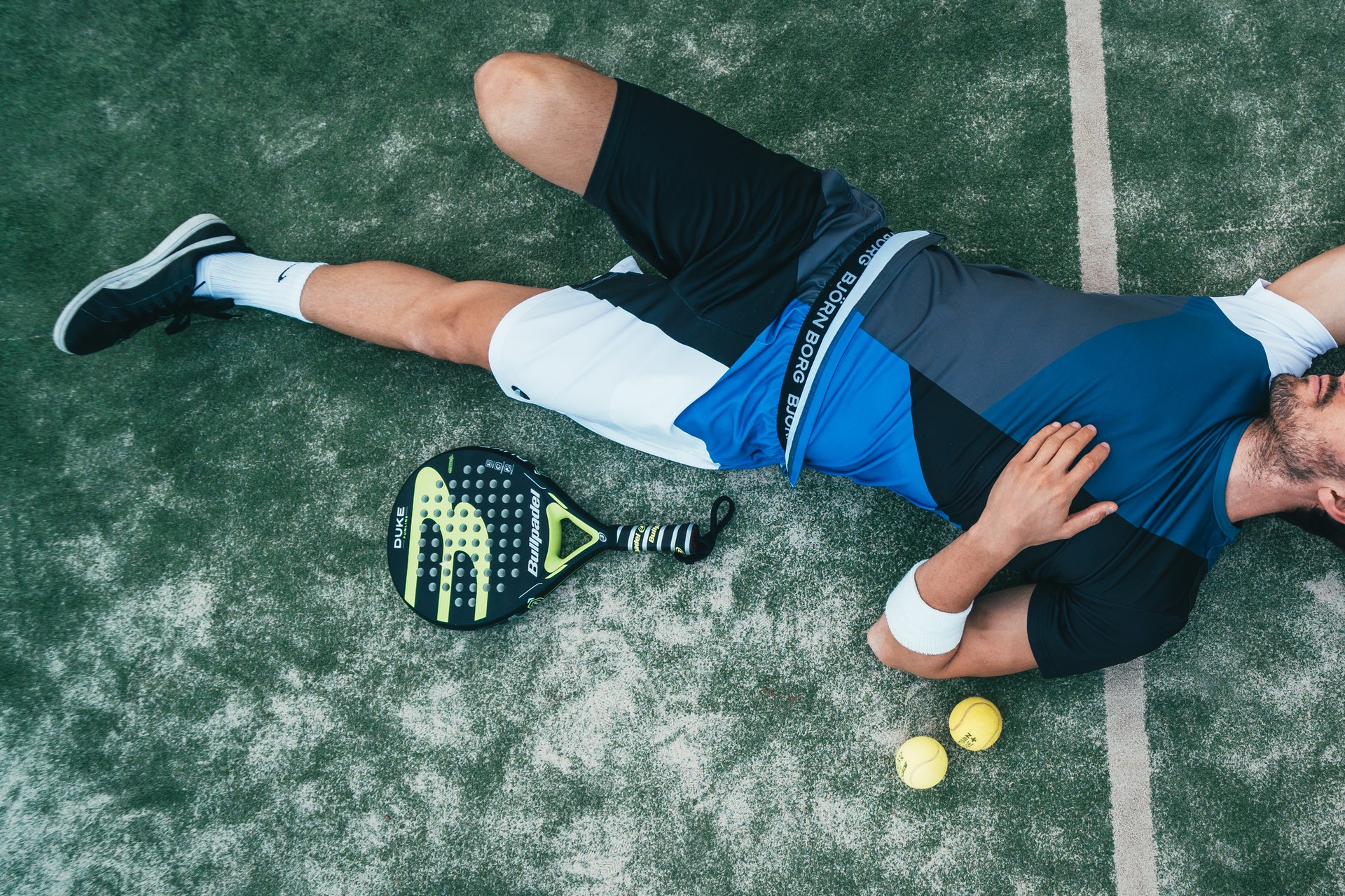Indoor Training: How to Prevent Injury
When bad weather strikes, many clubs, people, and gyms take their training inside. For example, soccer clubs are finding indoor courts to practice on, and runners are using the treadmill instead of their usual outdoor sessions. Usually, the training is meant for the outdoors, so moving it to an indoor facility might cause some issues.
What kind of issues? Lately we’re noticing that people who are moving their outdoor training to indoor training are complaining of muscular tightness across their lower backs or legs, which often causes surprise or confusion.
Why is there muscular tightness?
When you have a sudden change in surface during your training, it can affect your body in many different ways. Usually, the change in surface ‘hardness’ causes the body to absorb a larger amount, or different type of, force to what it is used to. This can lead to an overload in certain muscle groups that are found in the legs or the lower back. Similarly, you can also experience tendon or joint injuries due to this change in load.
What can you do to prevent this?
Prevention is better than cure. As physiotherapists, our aim isn’t to cure you, it is to help you properly prepare your body in order to mitigate injury. Rather than treating an injury, we hope to condition your body in order to prevent injury.
Here are some things you can do to prevent injury if you’re moving outdoor training to indoor training.
- Make sure you warm up. Include band work for your glutes, as well as muscle activation exercises for your hamstrings, quads and lower back
- Perform dynamic stretching exercises before you train. This helps prepare the muscles and tendons for higher levels of force
- Ease into the training session. Starting off soft is a great way to prevent injuring yourself when your body hasn’t warmed up yet. As you progress into your training session, you can increase your intensity
- Don’t forget the cool down. To do this aim for 3 x 45-60 second holds of your glutes, quads, hamstrings, and calves (just to name a few!)
- Recover, recover, recover. Recovering between sessions is crucial. This can include strategies like appropriate hydration, adequate sleep (which should generally be 8 hours), having good nutritional intake, and ensuring you have enough rest before your next session
Are you experiencing muscular tightness?
For the next four weeks only, we’re offering Hakoah members and their immediate family 25% off your initial consultation, usually priced at $135.
If you think you have injured (or might injure) yourself from a change in your training environment, don’t hesitate to reach out to us at ISO Physiotherapy. Head here to book an appointment or call us on 8068 7737 and mention this discount when booking. Visit us before April 13 to take advantage of this offer.





